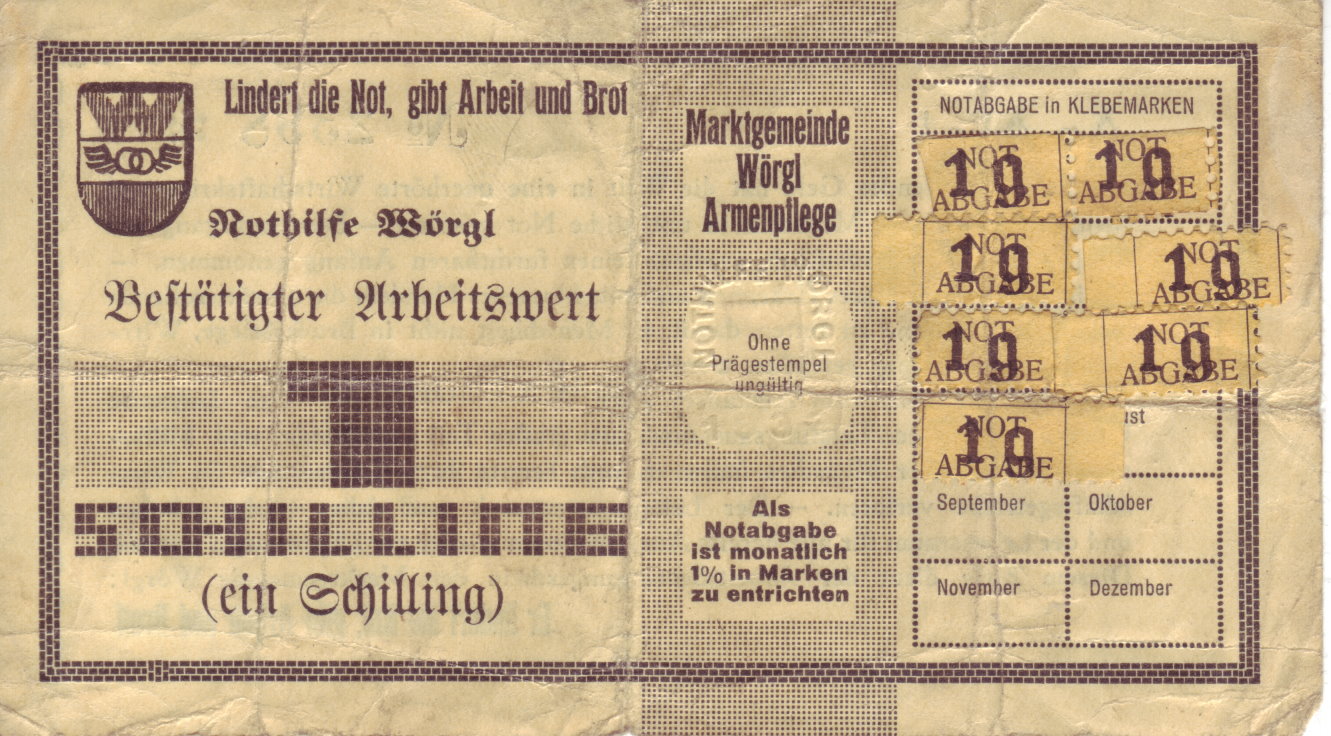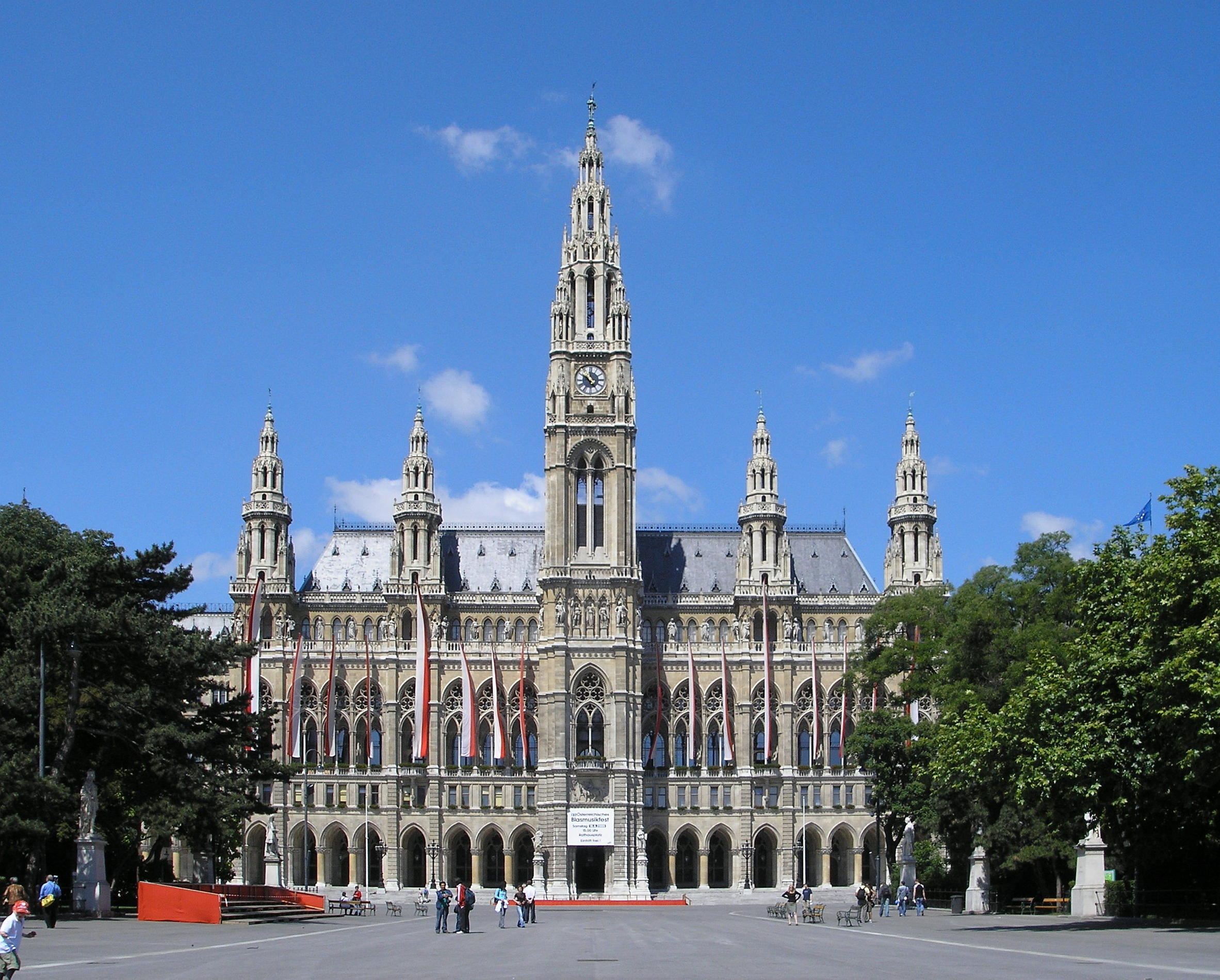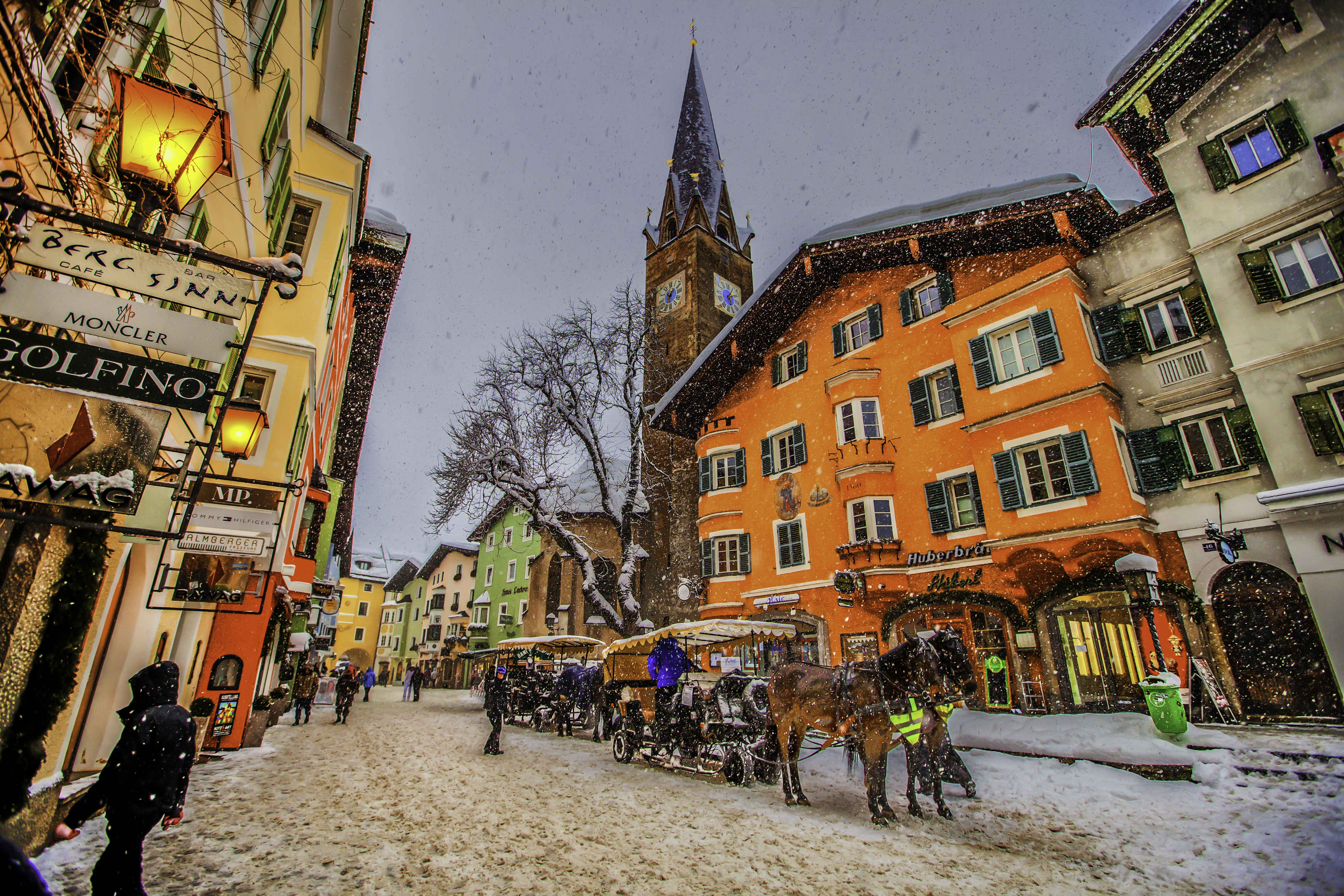|
Itter
Itter is a municipality in the Kitzbühel District in the Austrian state of Tyrol located 18.60 km west of Kitzbühel, 5 km southeast of Wörgl, and 2.5 km north of Hopfgarten im Brixental Hopfgarten im Brixental is a market town in the Austrian state of Tyrol in the Kitzbühel district. It is located at an elevation of 622 m above sea level. With an area of 166.57 km² it is the largest municipality in the district, and am .... The village lies on a terrace above the Brixental valley and its main source of income is tourism. Population History Itter is first mentioned in a deed dating back to 902 as „''Uitaradorf''“, when the hamlet was owned by the bishopric of Regensburg. Sights The small castle of the village, Itter Castle, was a prison for French high personalities during World War II. Two days before the war ended, a battle was fought there against the Waffen-SS, the only occasion when American and German forces fought on the same ... [...More Info...] [...Related Items...] OR: [Wikipedia] [Google] [Baidu] |
Itter Castle
Itter Castle (german: Schloss Itter) is a 19th-century castle in Itter, a village in Tyrol, Austria. In 1943, during World War II, it was turned into a Nazi prison for French VIPs. The castle was the site of an extraordinary instance of the U.S. Army, German Wehrmacht, Austrian Resistance, and the prisoners themselves fighting side-by-side against the ''Waffen-SS'' in the battle for Castle Itter in early May 1945 before the end of the war in Europe. Location The hill castle is atop a knoll at the entrance to the Brixental valley, about south of Wörgl and west of Kitzbühel. History A fortress at the site was first mentioned in a 1241 deed; previous constructions may have existed since the 10th century. The Brixental originally was a possession of the Prince-Bishops of Regensburg; the castle was an administrative seat of the Counts of Ortenburg in their capacity as ''Vogt'' bailiffs, and it also served to protect the Regensburg estates from incursions undertaken by the n ... [...More Info...] [...Related Items...] OR: [Wikipedia] [Google] [Baidu] |
Battle For Castle Itter
The Battle of Castle Itter was fought on 5 May 1945, in the Austrian village of Itter in the North Tyrol region of the country, during the last days of the European Theater of World War II. Troops of the 23rd Tank Battalion of the 12th Armored Division of the US XXI Corps led by Captain John C. "Jack" Lee, Jr., a number of Wehrmacht soldiers led by Major Josef "Sepp" Gangl, SS- Hauptsturmführer Kurt-Siegfried Schrader, and recently freed French prisoners of war defended Castle Itter against an attacking force from the 17th SS Panzergrenadier Division until relief from the American 142nd Infantry Regiment of the 36th Division of XXI Corps arrived. The French prisoners included former prime ministers, generals, tennis star Jean Borotra, and Charles de Gaulle's sister. It is one of two known times during the war in which Americans and Germans fought side by side, the other being Operation Cowboy. Popular accounts of the battle have called it the strangest battle of W ... [...More Info...] [...Related Items...] OR: [Wikipedia] [Google] [Baidu] |
Wörgl
Wörgl () is a city in the Austrian state of Tyrol, in the Kufstein district. It is from the international border with Bavaria, Germany. Population Transport Wörgl is an important railway junction between the line from Innsbruck to Munich, and the inner-Austrian line to Salzburg. Its railway station has been designated as a ''Hauptbahnhof'' (german: main station) since 10 December 2006. European route E641 connects Wörgl with Salzburg, the routes E45 and E60 (Austrian autobahn A12) pass through Wörgl. File:Bahnhof Wörgl alt.jpg, Wörgl railway station in 1900 File:Wörgl Gare 1965.jpg, Wörgl railway station in 1965 History World War II Nearby Itter Castle was the site of one of the last European and most unusual battles of World War II. The Battle for Itter Castle was fought on 5 May 1945 by surrendered Wehrmacht troops, the United States Army, Austrian Resistance fighters and former French political prisoners against the 17th ''Waffen-SS Panzer Gre ... [...More Info...] [...Related Items...] OR: [Wikipedia] [Google] [Baidu] |
Kitzbühel District
The Bezirk Kitzbühel is an administrative district (''Bezirk'') in Tyrol, Austria. It borders Bavaria ( Germany) in the north, the Kufstein and Schwaz districts in the west, and the Pinzgau region ( Salzburg) in the east and south. Area of the district is 1,163.06 km², population was 61,966 (January 1, 2012), and population density 53 persons per km². Administrative center of the district is Kitzbühel. Administrative divisions The district is divided into 20 municipalities, one of them is a town, and three of them are market towns. Towns # Kitzbühel (8,134) Market towns # Fieberbrunn (4,396) # Hopfgarten im Brixental (5,556) # Sankt Johann in Tirol (8,734) Municipalities # Aurach bei Kitzbühel (1,125) # Brixen im Thale (2,673) # Going am Wilden Kaiser (1,866) # Hochfilzen (1,139) # Itter (1,176) # Jochberg (1,583) # Kirchberg in Tirol (5,102) # Kirchdorf in Tirol (3,859) # Kössen (4,202) # Oberndorf in Tirol (2,019) # Reith bei Kitzbühel (1,678) # ... [...More Info...] [...Related Items...] OR: [Wikipedia] [Google] [Baidu] |
Hopfgarten Im Brixental
Hopfgarten im Brixental is a market town in the Austrian state of Tyrol in the Kitzbühel district. It is located at an elevation of 622 m above sea level. With an area of 166.57 km² it is the largest municipality in the district, and among the largest in Tyrol. Population Tourism It is a popular place for all levels of skier with a variety of slopes ranging from ''black slopes'' for expert skiers to ''nursery slopes'' for beginners, and featuring a ski school. There are also many neighbouring towns with an extended variety of slopes including Itter a perfect slope for those early skiing lessons. A trip on the gondola is worth doing if just for the view at the top. You can even parapent off the top if you choose. For the non-thrill-seekers there are also plenty of options. You can visit one of the typical Austrian restaurants such as the Gasthof Traube where you can try meals such as schnitzel, strudel or noodles. It also has a renowned church with a wonderful ceilin ... [...More Info...] [...Related Items...] OR: [Wikipedia] [Google] [Baidu] |
Austria
Austria, , bar, Östareich officially the Republic of Austria, is a country in the southern part of Central Europe, lying in the Eastern Alps. It is a federation of nine states, one of which is the capital, Vienna, the most populous city and state. A landlocked country, Austria is bordered by Germany to the northwest, the Czech Republic to the north, Slovakia to the northeast, Hungary to the east, Slovenia and Italy to the south, and Switzerland and Liechtenstein to the west. The country occupies an area of and has a population of 9 million. Austria emerged from the remnants of the Eastern and Hungarian March at the end of the first millennium. Originally a margraviate of Bavaria, it developed into a duchy of the Holy Roman Empire in 1156 and was later made an archduchy in 1453. In the 16th century, Vienna began serving as the empire's administrative capital and Austria thus became the heartland of the Habsburg monarchy. After the dissolution of the H ... [...More Info...] [...Related Items...] OR: [Wikipedia] [Google] [Baidu] |
Municipality (Austria)
In the Republic of Austria, the municipality ( de , Gemeinde, sometimes also ) is the administrative division encompassing a single village, town, or city. The municipality has corporate status and local self-government on the basis of parliamentary-style representative democracy: a municipal council () elected through a form of party-list system enacts municipal laws, a municipal executive board () and a mayor (, fem. ) appointed by the council are in charge of municipal administration. Austria is currently (January 1, 2020) partitioned into 2,095 municipalities, ranging in population from about fifty (the village of Gramais in Tyrol) to almost two million (the city of Vienna). There is no unincorporated territory in Austria. Basics The existence of municipalities and their role as carriers of the right to self-administration are guaranteed by the Austrian constitution ( B-VG Art. 116 (1)). The constitution means for municipalities to be autonomous () in any matter that a ... [...More Info...] [...Related Items...] OR: [Wikipedia] [Google] [Baidu] |
World War II
World War II or the Second World War, often abbreviated as WWII or WW2, was a world war that lasted from 1939 to 1945. It involved the World War II by country, vast majority of the world's countries—including all of the great powers—forming two opposing military alliances: the Allies of World War II, Allies and the Axis powers. World War II was a total war that directly involved more than 100 million Military personnel, personnel from more than 30 countries. The major participants in the war threw their entire economic, industrial, and scientific capabilities behind the war effort, blurring the distinction between civilian and military resources. Air warfare of World War II, Aircraft played a major role in the conflict, enabling the strategic bombing of population centres and deploying the Atomic bombings of Hiroshima and Nagasaki, only two nuclear weapons ever used in war. World War II was by far the List of wars by death toll, deadliest conflict in hu ... [...More Info...] [...Related Items...] OR: [Wikipedia] [Google] [Baidu] |
Bishopric Of Regensburg
The Prince-Bishopric of Regensburg (german: link=no, Fürstbistum Regensburg; Hochstift Regensburg) was a small ecclesiastical principality of the Holy Roman Empire located near the Free Imperial City of Regensburg in Bavaria. It was elevated to the Archbishopric of Regensburg in 1803 after the dissolution of the Archbishopric of Mainz. The Prince-Bishopric of Regensburg must not be confused with the Roman Catholic Diocese of Regensburg, which was considerably larger. History The diocese was founded in 739 by Saint Boniface; it was originally subordinate to the archbishop of Salzburg. In the 13th century, the bishop of Regensburg became a prince of the Holy Roman Empire with a seat and vote at the Imperial Diet. As an enclave of the Duchy of Bavaria, the prince-bishopric was not able to expand territorially and remained one of the smallest of the Empire. In the course of the German mediatization of 1803, the prince-bishopric was united with the Free Imperial city of ... [...More Info...] [...Related Items...] OR: [Wikipedia] [Google] [Baidu] |
Kitzbühel
Kitzbühel (, also: ; ) is a medieval town situated in the Kitzbühel Alps along the river Kitzbüheler Ache in Tyrol, Austria, about east of the state capital Innsbruck and is the administrative centre of the Kitzbühel district (). Kitzbühel is one of the most famous and exclusive ski resorts in the world. It is frequented primarily by the international high society and has the most expensive real estate in Austria. The proximity to Munich has made it a preferred location for vacation homes among the German elite. Geography Kitzbühel is situated in the Kitzbühel Alps between Zell am See and Innsbruck. It lies in the Leukental valley on the Kitzbüheler Ache river. The town is subdivided into the municipalities of Am Horn, Aschbachbichl, Badhaussiedlung, Bichlach, Ecking, Felseneck, Griesenau, Griesenauweg, Gundhabing, Hagstein, Hausstatt, Henntal, Jodlfeld, Kaps, Mühlau, Obernau, Schattberg, Seereith, Siedlung Frieden, Am Sonnberg, Sonnenhoffeld, Staudach, Stocker ... [...More Info...] [...Related Items...] OR: [Wikipedia] [Google] [Baidu] |
Telephone Numbers In Austria
This article details the use of telephone numbers in Austria. There are no standard lengths for either area codes or subscriber numbers in Austria Austria, , bar, Östareich officially the Republic of Austria, is a country in the southern part of Central Europe, lying in the Eastern Alps. It is a federation of nine states, one of which is the capital, Vienna, the most populous ..., meaning that some subscriber numbers may be as short as three digits. Larger towns have shorter area codes permitting longer subscriber numbers in that area. Some examples: Mobile phone codes In ascending numeric order: *1 Telering was bought by T-Mobile in 2005. As of 2006, Telering uses the network-infrastructure of T-Mobile. As a special requirement of the European commission, many of the former transmitters and frequencies previously operated by Telering were given to Orange and Drei. *2 BoB is a discount service of A1. yesss! was a discount service of Orange, now sold to ... [...More Info...] [...Related Items...] OR: [Wikipedia] [Google] [Baidu] |
States Of Austria
Austria is a federal republic made up of nine states (German: ''Länder''). Since ''Land'' is also the German word for "country", the term ''Bundesländer'' (literally ''federal states'') is often used instead to avoid ambiguity. The Constitution of Austria uses both terms. Austrian states can pass laws that stay within the limits of the constitution, and each state has representatives in the main Austrian parliament. Geography The majority of the land area in the states of Upper Austria, Lower Austria, Vienna, and Burgenland is situated in the Danube valley and thus consists almost completely of accessible and easily arable terrain. The other five states, in contrast, are located in the Alps and thus are comparatively unsuitable for agriculture. Their terrain is also relatively unfavourable to heavy industry and long-distance trade. Accordingly, the population of what now is the Republic of Austria has been concentrated in the former four states since prehistoric times. Austr ... [...More Info...] [...Related Items...] OR: [Wikipedia] [Google] [Baidu] |





